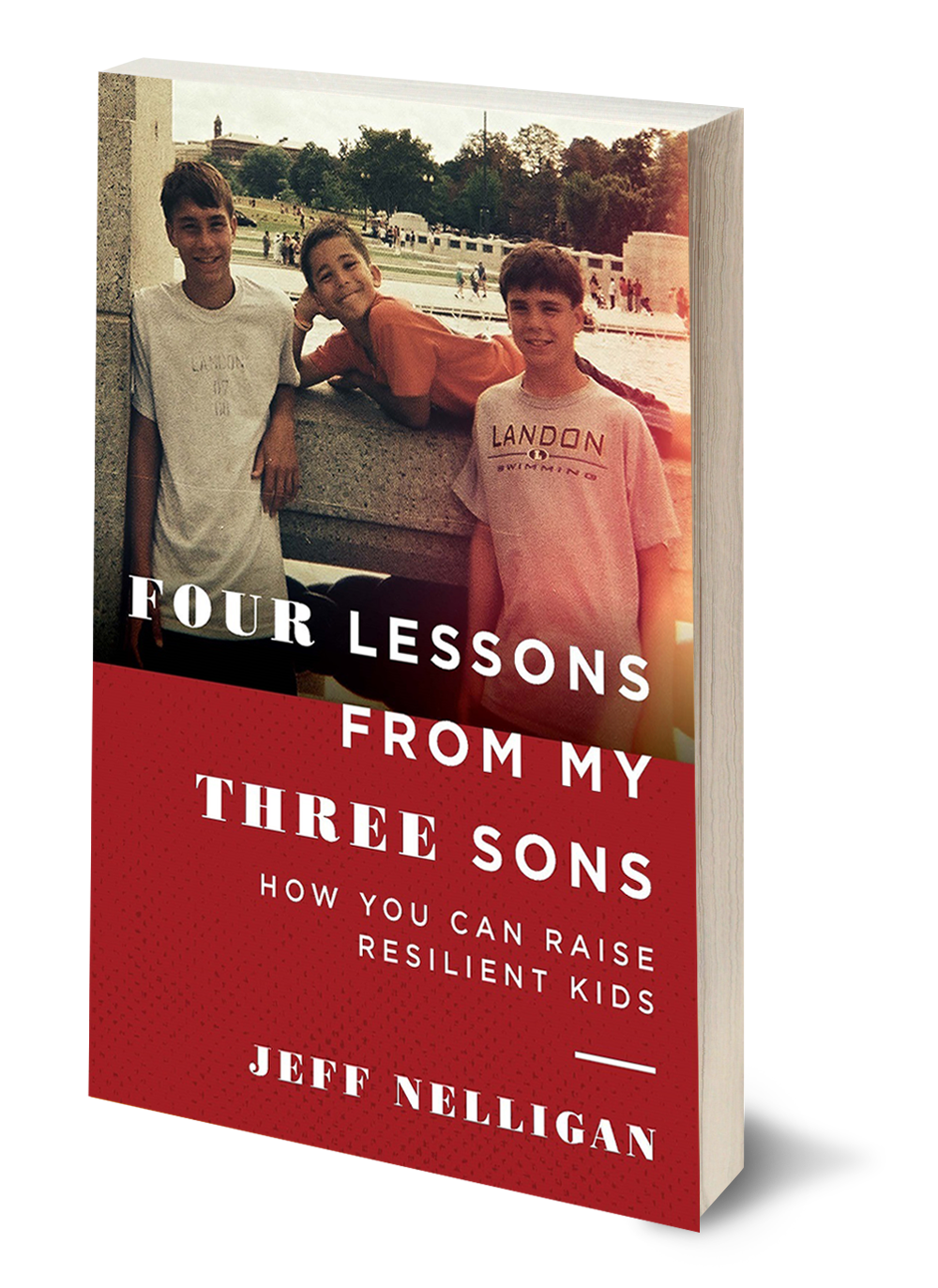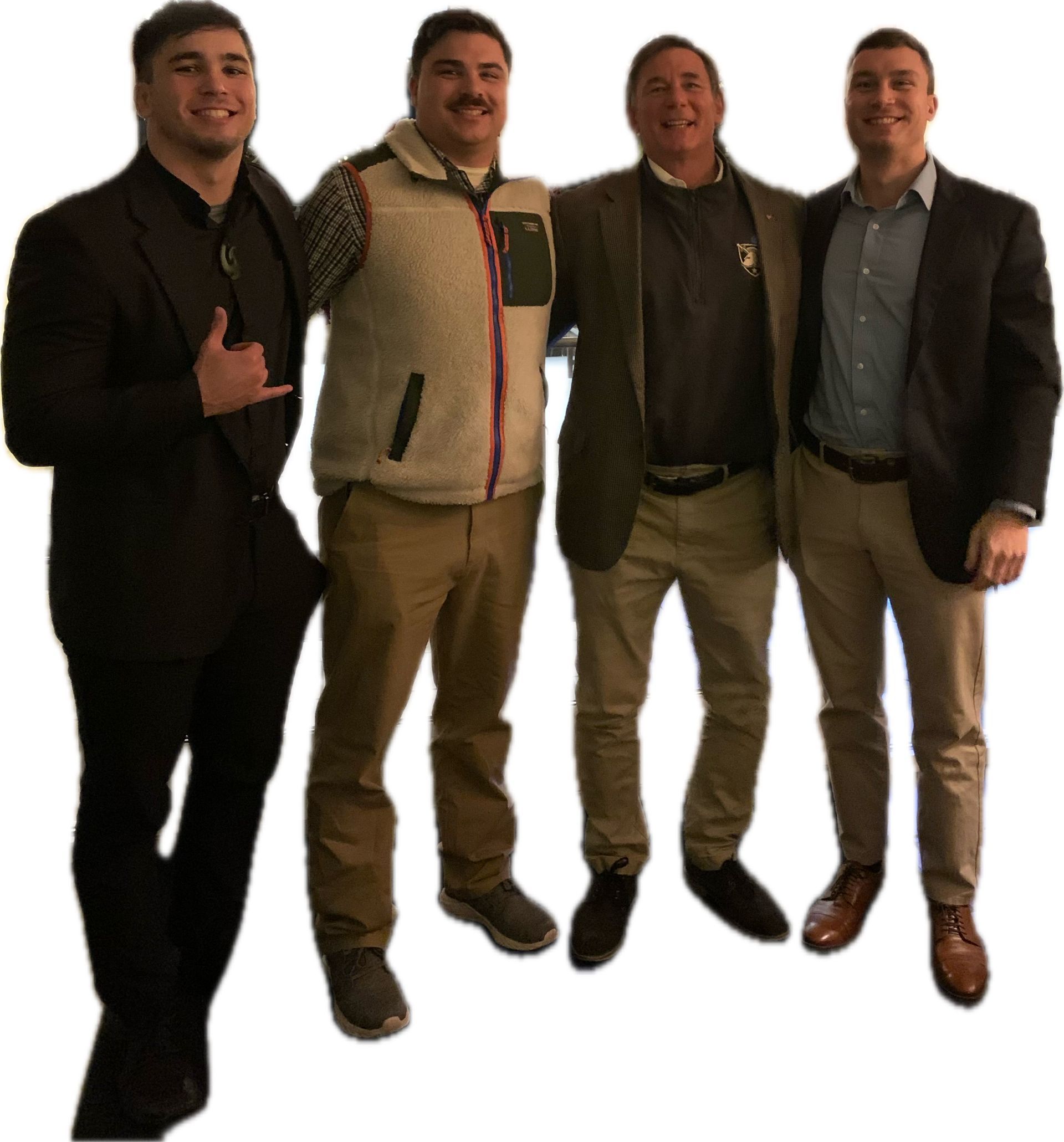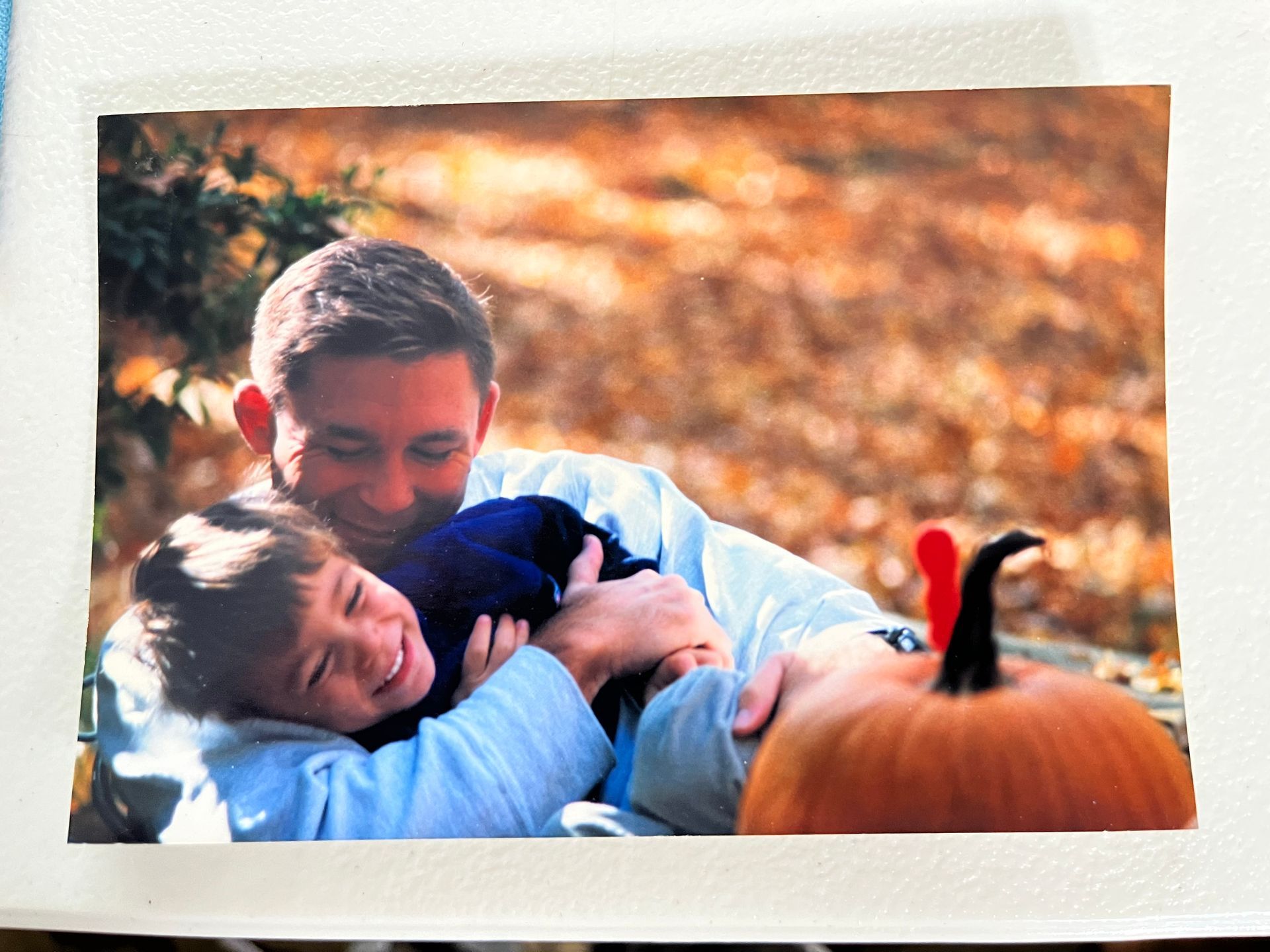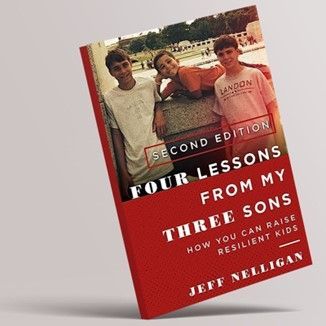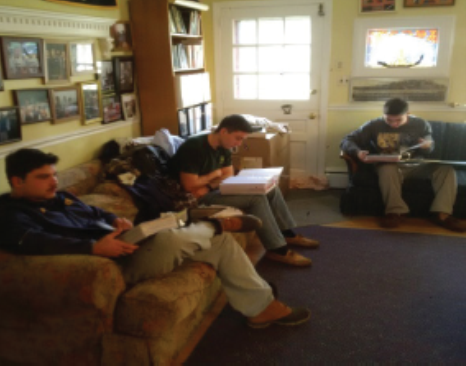A Reunion of Three Brothers and Armed Forces Day, 2021
Jeff Nelligan • May 14, 2021
Last week, my three sons were together in person for the first time in two-and-a-half years. It wasn’t because of Covid. The eldest two are Naval Officers whose deployments to the Far East, Atlantic, and Middle East were extensive and kept them away from seeing each other and the youngest brother, a third-year Cadet at West Point with his own military responsibilities.
This kind of long-term separation is the norm for military families – spouses, kids, and parents. 59 percent
of deployed service members are married and 49 percent have children. These situations are difficult, even in an electronically connected age. Moreover, as I know from personal experience, there’s the ever-present anxiety - family members will always glance warily at a ringing phone, which are kept on day and night.
This family sacrifice is just one element for the celebration of Armed Forces Day, May 15. Inaugurated in 1950, the recognition stemmed from the unification of the Armed Forces under the Department of Defense and the replacement of separate Army, Navy, Marine Corps and Air Force Days. President Harry S Truman (himself a World War I Army veteran) led the effort to establish a single holiday
for citizens to recognize our military service members.
Unfortunately, the military experience has never been more removed from American life than today. Thirteen million men and women were in uniform in 1945; 3.5 million in 1968 during the Vietnam War, two million in 1991 at beginning of the Gulf War, 1.4 million in 2010
during the Iraq and Afghanistan conflicts and 1.3 million today. That number represents less than one-half of one percent of the total U.S. population; the approximate 18 million
military veterans alive today represent less than six percent of the U.S. population.
A stated theme of Armed Forces Day was to serve an "educational program for civilians" on what military service brings to American life. By any measure, that service is a huge plus for the civic experience. More so than any institution in America, the services are racially
and geographically
diverse. Indeed, the U.S. Army Reserve and Army Guard platoons in which I served as an enlisted soldier were majority-minority. In my sons’ units, minorities are overrepresented as a percentage of their overall population in the nation.
Second, from day one, the military serves as an ongoing educational and vetting process, from basic training to occupational schools to units where this knowledge is used and constantly refined. Along the way, the military demands certain behaviors – personal responsibility, dependability, camaraderie and always looking out for the welfare of the team. These qualities were the theme of endless exhortations from my drill sergeants and every officer I ever met.
The results of this training certainly benefit America. The Pew Research Foundation finds that a majority of Americans look up to those who served
in the military; service members and vets are seen as more disciplined and patriotic than their non-military peers. Other studies
reveal that military service is linked with political engagement such as voting and that this connection is strongest for minorities. There is also a close relationship between military service and volunteering
and that for veterans, the transition
to adulthood, including economic independence from parents, is more stable and orderly for military personnel than for their civilian cohort.
Of course, the military isn’t for everyone. In fact, seven out of ten young men and women today are ineligible
to join the military because of poor health, physical fitness and educational shortcomings and law enforcement and disciplinary records. The 30 percent who do qualify? They’re not only attractive to military recruiters but particularly now to employers desperate
for trustworthy, reliable employees.
My three sons – two young millennials and the one Generation Z - grew up hearing about their grandfathers’ naval experiences in World War II and Korea and their Uncle’s service as a Marine infantry platoon commander in Desert Storm. My service tales about typing up duty rosters and changing the oil on Humvees were less prosaic.
The chief motivation for their career paths came from the camaraderie and discipline they cultivated in playing on athletic teams from childhood through college, sometimes serving as captains. At seven-years-old and seventeen, the drill was the same - every kid was held accountable and follow-through was expected. It took grinding determination to acquire skills and self-control to handle adversity. The team was all and you were expected to get along with everyone, even if you didn’t like them.
The middle son is a U.S. Naval Academy graduate now assigned to the USS Daniel Inouye; my youngest son, in typical competitive brotherly fashion, demurred from following his older sibling’s college selection and aims to be an Infantry Officer. The eldest son attended a New England college to play sports; the team ideal persisted and he was in Officer Candidate School not long after his final lacrosse game; he’s now with the USS Carl Vinson Carrier Strike Group. The two eldest will be in the seas their grandfathers once patrolled.
Collectively, the two eldest at 25 and 24 years of age lead dozens of enlisted men and women, work with complex equipment (some of it lethal) worth hundreds of millions of dollars and have been in tight situations that are absolutely unfathomable to their non-military peers. This is hardly boasting; these kinds of endeavors are performed by tens of thousands of military men and women every day.
On this Armed Forces Day we acknowledge our service members and families in the U.S. and in the 160 nations
in which they are deployed. In addition to being the nation’s most admired
organization, the military at its core teaches and enhances invaluable personal and civic qualities. No other institution in American life today can make that claim; that’s what Americans should learn from and reflect upon today.
ABOUT THE BOOK
Every Dad in America wants to raise a resilient kid.
Four Lessons from My Three Sons charts the course.
Written by a good-natured but unyielding father, this slim volume describes how his off-beat and yet powerful forms of encouragement helped his sons obtain the assurance, strength and integrity needed to achieve personal success and satisfaction. This book isn't 300 pages of pop child psychology or a fatherhood "journey" filled with jargon and equivocation. It's tough and hard and fast. It’s about how three boys made their way to the U.S. Naval Academy, Williams, and West Point – and beyond.

